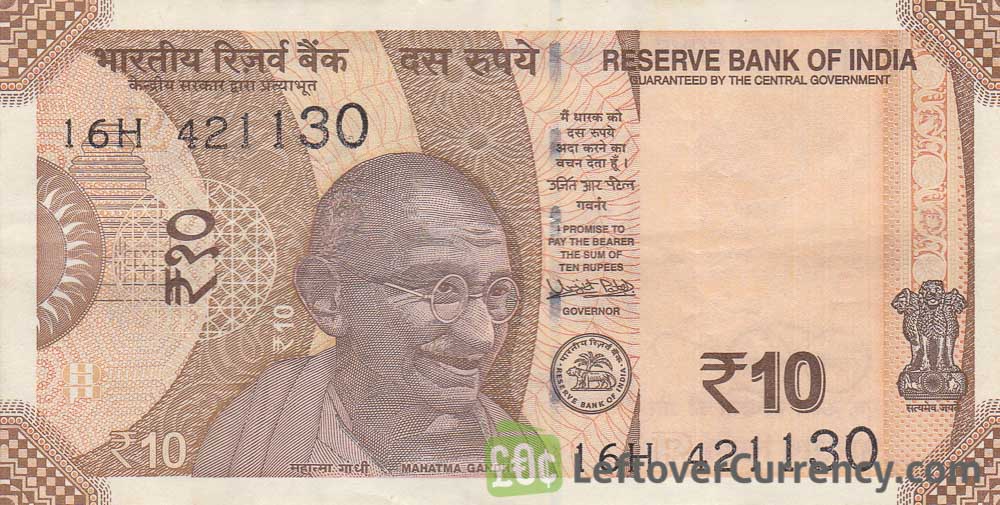
The Indian government has plans to adopt the symbol within six months in the country and globally within 18 to 24 months. The parallel lines at the top (with white space between them) make an allusion to the tricolor and also depict an equality sign which symbolizes the nation's desire to reduce economic disparity. The symbol is derived from a combination of the Devanagari letter ‘र’ and English letter ‘R’. Five symbols were shortlisted, and the Cabinet selected the definitive symbol created by D. During the 2010 Union budget of India, Finance Minister Pranab Mukherjee mentioned that the proposed symbol would reflect and capture the Indian ethos and culture. On March 5, 2009, the Government of India announced a contest to create a symbol for the rupee.

The rupee is called টাকা (Taka) in Bengali, টকা (tôka) in Assamese and ଟଙ୍କା (Tanka) in Oriya and is written as such on Indian banknotes. However, in West Bengal, Tripura, Mizoram, Orissa, and Assam, the Indian rupee is officially known by names derived from the Sanskrit word टङ्क (Tanka) which means money. Until then, the abbreviation "Rs" (or "Re") was used. The current abbreviation "INR" started in July 2010. The design was presented to the public by the government of India on 15 July 2010. The Indian rupee symbol ( ) is an amalgam of both the Devanagari consonant " र" (Ra) and the Latin letter "R" without the vertical bar. The coins have values of 5, 10, 20, 25 and 50 paise, as well as 1, 2, 5 and 10 rupees. The modern rupee is sub-divided into 100 paise (singular paisa). During the past 15 years, the value has ranged from $1 USD = 35–65 INR or 1 euro = 44–69 INR (see below: Convertibility).

The currency is issued and controlled by the Reserve Bank of India. The Indian rupee ( Hindi: रुपया) (sign: code: INR) is the official currency of the Republic of India. Nepal (in towns of Nepalese side of Nepal- India border, alongside the Nepalese rupee) Bhutan (alongside the Bhutanese ngultrum)


 0 kommentar(er)
0 kommentar(er)
